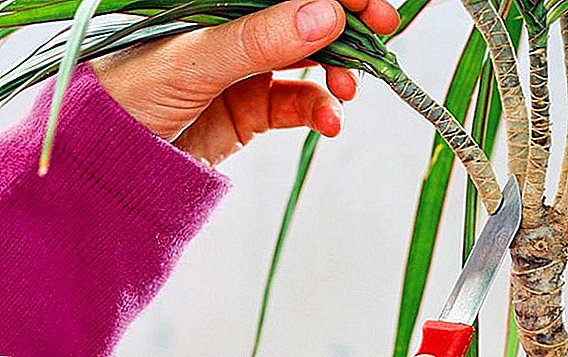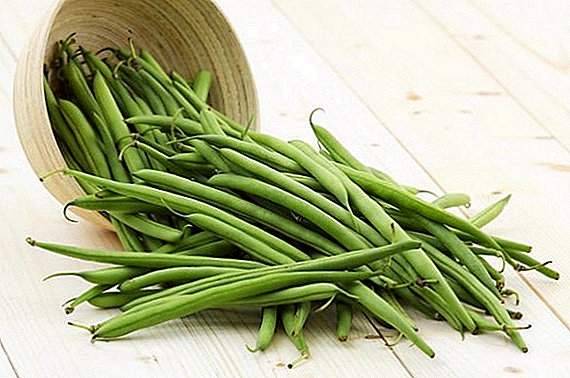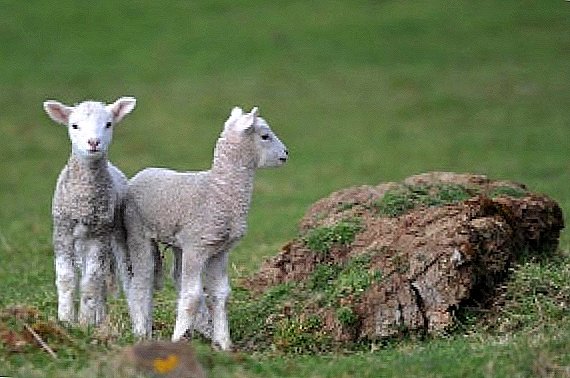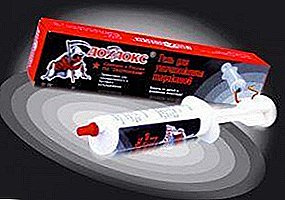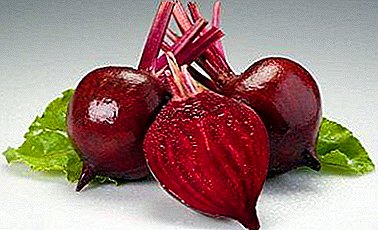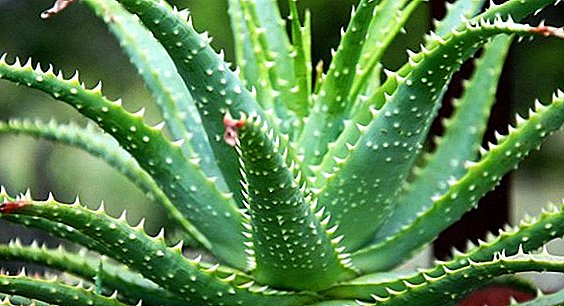 Aloe is one of the traditional home grown plants. He fell in love with flower growers not only because of the original appearance, but also due to the unique healing properties. However, in order for a flower to retain its decorative and healing qualities, it is necessary to learn how to grow it properly, in particular, to take care of the choice of a suitable substrate, which will be discussed later in the article.
Aloe is one of the traditional home grown plants. He fell in love with flower growers not only because of the original appearance, but also due to the unique healing properties. However, in order for a flower to retain its decorative and healing qualities, it is necessary to learn how to grow it properly, in particular, to take care of the choice of a suitable substrate, which will be discussed later in the article.
Requirements for soil for growing aloe
Aloe is an evergreen herb of the group of xerophytic succulents, the birthplace of which are the south-western regions of the Arabian Peninsula. Perennial is widely distributed in North Africa, the Canary Islands, Australia, People's Republic of China, America.
One of the advantages of aloe is its ease of care and excellent adaptation to external environmental conditions. Nevertheless, the home representative of the succulents imposes a number of requirements on the soil on which it grows.

Before you understand what kind of soil a plant needs, you should analyze the climate in which aloe lives in nature. Under natural conditions, xerophyte grows in a dry, fairly warm climate, in which rainfall approaches a minimum. It survives well on sandy, clay, rocky soils with low nutrient and moisture. These factors should be guided when choosing a soil for aloe.
For the cultivation of aloe is not suitable compacted, heavy and fertile land. It is important to ensure good air permeability of the soil and the availability of quality drainage. In the absence of friability and oxygen in the soil, the root system of the succulent will suffer from a lack of nutrition, and, as a result, it will react by drying and withering of the leaves. Another requirement for the soil for the culture is the fact that it does not have to retain moisture for a long time, otherwise the roots will begin to rot.
Important! The full development and growth of the flower in the conditions of the house depend on the correctness of the choice of substrate. Even correct and competent care will not be able to compensate for the inappropriate composition of the soil, which can cause wilting and drying of the foliage - the most valuable part of the culture..
The necessary soil composition for aloe
The question of what kind of land is needed for home aloe worries many beginning flower growers. And the easiest option for the selection of the necessary substrate for the plant is to buy store soil specially designed for growing succulents.
However, you can prepare the soil for aloe yourself if you clearly know all the necessary components of the soil mixture. 
For planting suitable soil, the basic composition of which includes:
- leaf earth - 2 parts;
- river fine sand - 1 part;
- Organic (for example, humus) - 1 part.
For loosening the substrate is recommended to use gravel, charcoal, brick chips. Without fail, a drainage layer should be present at the bottom of the soil mix.
Important! The sand in the composition of the domestic mixture can be replaced with perlite, which allows for improving the drainage qualities of the soil due to the porous, light structure. In addition, it is characterized by good hygroscopicity. - perfectly absorbs excess moisture from the soil.
Which soil is better?
As mentioned above, the substrate for planting aloe can be purchased in specialized stores or made at home on their own. Consider what the pros and cons of each of the soils.
Purchased
Purchased soil is considered the ideal solution for beginner florist. Such a substrate contains all the useful components required for the full growth and development of a flower in the required proportions. When choosing a soil mixture, you should focus on substrates specifically designed for cacti or succulents. If problems arise with such types of soil, then you can purchase a universal mixture and mix it with sand in the 4: 1 ratio. 
The advantages of the purchased substrate are:
- availability - it is on the shelves of almost all flower shops;
- efficiency - there is no need to spend time on soil preparation with own hand;
- low cost;
- there is no need for disinfection - the store mix is sold fully treated.
Did you know? The healing qualities of aloe appear only after 5 years of its full development and growth. In this case, the plant's flesh has a healing effect, which is used in cosmetology, traditional medicine, and pharmaceutical production.
Made at home
Properly selected components for soil allow you to get a soil mix with an ideal balance of moisture and air permeability. Of course, for the successful development of the flower, it is necessary to correctly calculate the proportions and select the required components for the soil.
Video: Peat ground for succulents
The soil for indoor crops has certain physical qualities, such as density, water permeability, moisture capacity, which can be adjusted independently, if you choose the right components. The basic components of the mixture for aloe are leaf ground and sand. The first component is the soil resulting from the rotting of fallen leaves and tree species. It can be found in the forest under any deciduous trees. The most qualitative is deciduous humus from hazel, acacia, linden.
Important! Leaf earth of oak or chestnut contains a large amount of tannins that adversely affect the condition of the flower.Soil made at home requires mandatory disinfection, which will destroy possible pathogens, bacteria and other small pests.
Soil mixture processing can be carried out using several simple methods:
- ignite in the oven for 15-20 minutes at a temperature of + 180 ° C;
- shed a weak solution of potassium permanganate and dry well;
- freeze for the whole winter.
Among the advantages of self-made soil use are:
- the ability to prepare the perfect soil with all the necessary for the qualitative development of the flower components - micro-and macronutrients, nutrients;
- substantial financial savings.
However, the preparation of soil mixture will require some hassle, time-consuming and accurate recipe following. In addition, the home mixture, unlike the purchase, necessarily requires disinfection.

What fertilizers are needed aloe?
In addition to high-quality soil aloe necessary good and timely feeding.
It is necessary to make, adhering to certain rules:
- a young, recently transplanted plant does not need fertilizers - only after 6 months you need to think about feeding;
- Before applying fertilizer, pre-moisten the soil to prevent possible burns to the root system. Also pour the mixture into the pan, avoiding contact with the foliage and trunk;
- Succulent feeding should be carried out in a warm period of time, from May to September. It is enough to produce one feeding in two weeks.
Important! Peat-containing products cannot be used for fertilizing, as they negatively affect the development of culture.
At home, aloe is fed with liquid mineral fertilizers or special preparations intended for succulents and cacti. For example, you can use the products of TM "Power of Life": such drugs can strengthen the roots, enhance metabolic processes, accelerate the digestibility of nutrients, increase the resistance of the culture to pathogenic bacteria and microorganisms. 
Signs of improperly selected soil
Of great importance is the land in which to plant aloe, as the wrong mixture of soil will instantly affect the condition of the flower.
Signs of inappropriate land are:
- Root decay. A similar problem may occur due to the strong density and air impermeability of the earth, when moisture is retained and gradually destroys the root processes. In this case, the plant has a better lack of watering than excess.
- Yellowing and drying of the leaves. Such symptoms indicate poor ventilation in the soil and a lack of baking powder of natural origin in its composition. As a result of oxygen starvation, the flower turns yellow, dries out and, if it is inactive, dies.
Did you know? Juice of fresh aloe leaves can cause intoxication of the body, inflammation of the kidneys and gastrointestinal tract. It is strictly contraindicated in pregnant women and women during lactation.
Experienced Gardeners Tips
Some simple tips from experienced flower growers will help to avoid mistakes when growing aloe:
- air permeability and the presence of a quality drainage layer are considered to be the main criteria for quality soil for aloe;
- it is easier for a flower to tolerate a prolonged drought than a short standing water in the ground;
- top dressings are brought only in the wet earth, in a warm season;
- self-made soil necessarily requires disinfection;
- For a culture, the optimum level of soil acidity is pH 6.5-7;
- it must be remembered that aloe in natural conditions grows in desert regions, therefore, for a comfortable life at home, it should organize similar conditions.
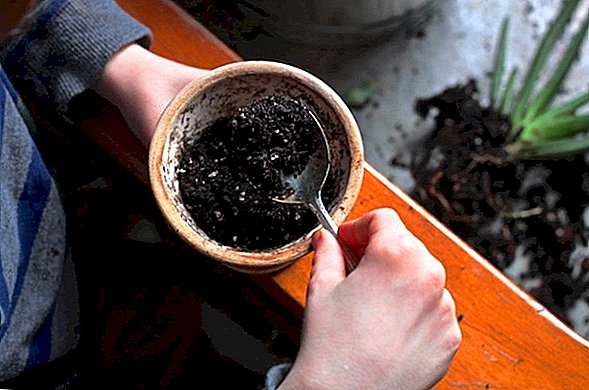
Aloe is one of the most popular and beloved perennials of home flower growing. Despite its simplicity in cultivation, it is quite sensitive to the composition of the soil mixture and, with improper soil, is able to wither, turn yellow, dry out and even die. When planting crops need to pay special attention to the type and quality of soil components, the presence of drainage and natural baking powder.



